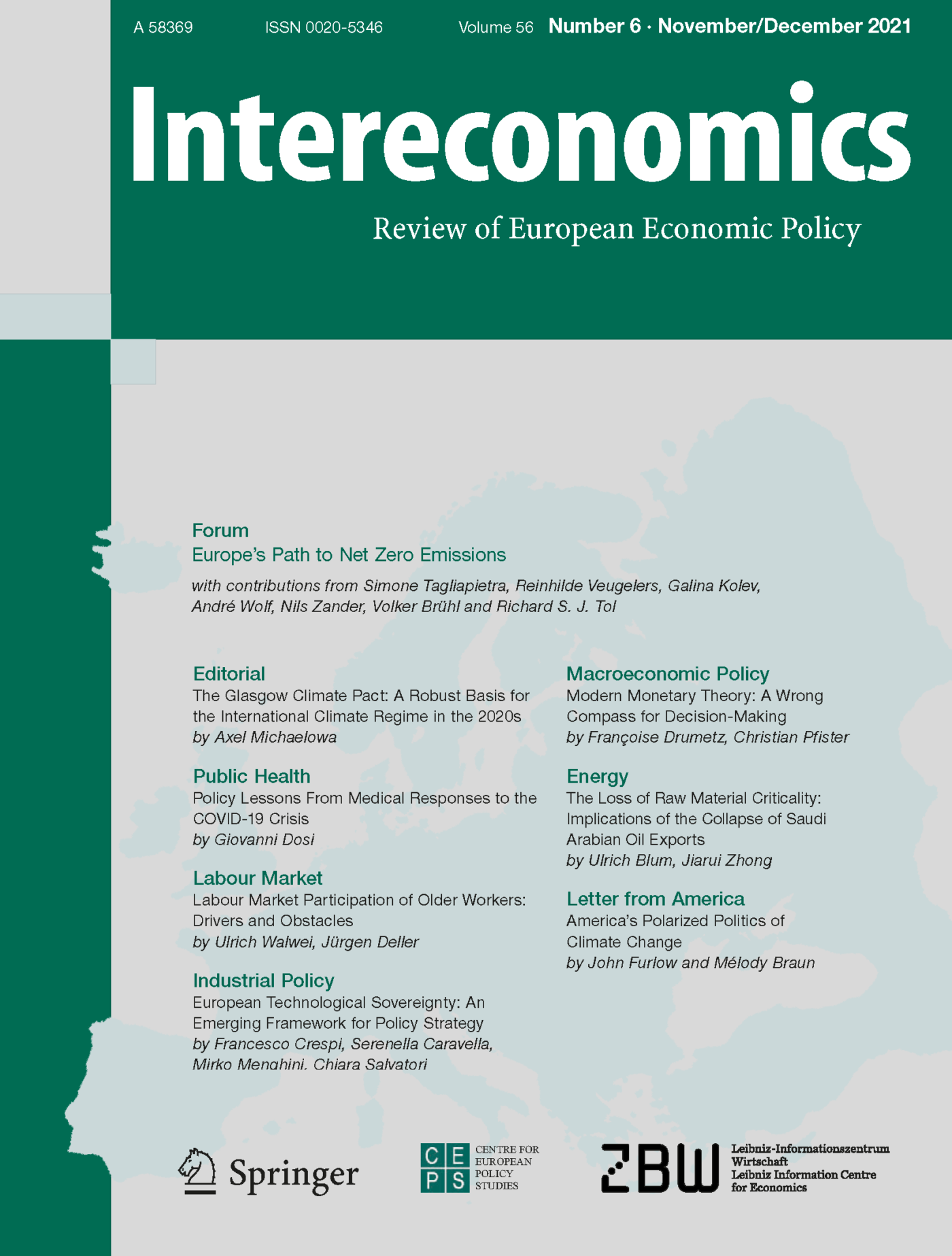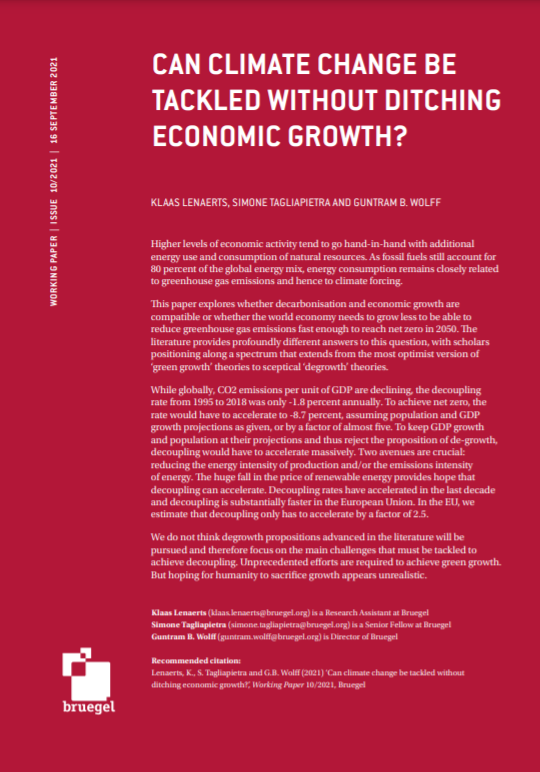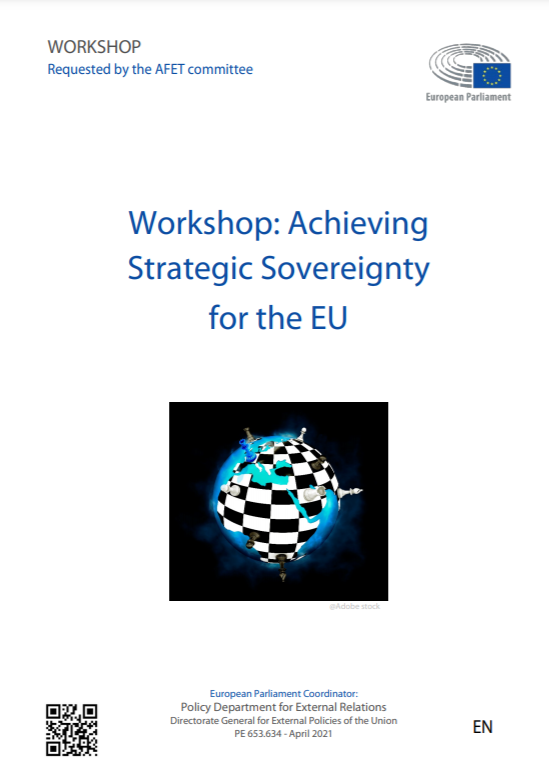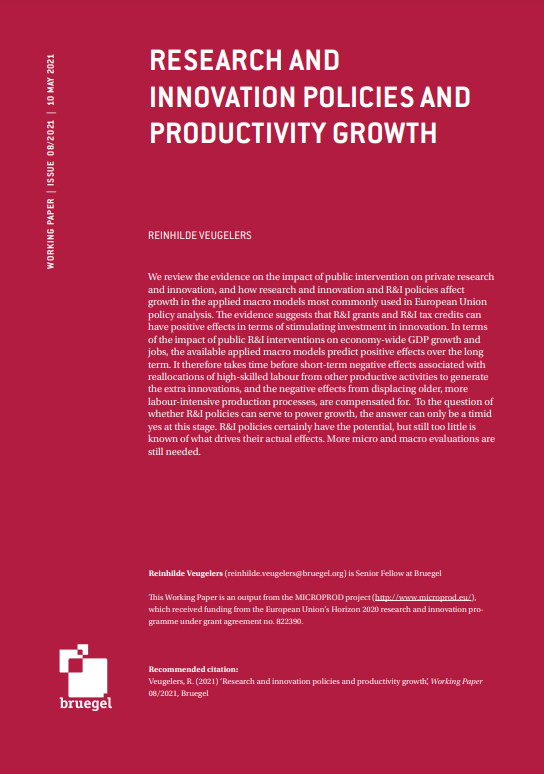Blog Post
An investment plan for Europe
- The speech by Jyrki Katainen's, Vice president of the Commission, at the Bruegel event " An investment plan for Europe"
Dear Guntram, dear participants,
Many thanks for the opportunity to debate our investment plan. As a leading Central Banker said, it is the only plan around, so that means that we need to make it a good one.
I would be happy to address your doubts and get your suggestions on how to make it better.
The Commission has delivered fast. Less than two months after announcing its ambitious strategy to boost jobs and growth, the European Commission will present tomorrow the legal proposal that will form the legal basis of the first two pillars of President Juncker’s €315 billion Investment Plan for Europe.
As you know, the Plan is not designed to solve every single problem in the Euro Area and the European Union (from macroeconomic shocks to deflation to energy security to the debt problems of local authorities) but it is a step in the right direction and most importantly, it has been designed in the most flexible way so that it can grow.
There is liquidity in the system and yet investment is not happening. When doing our research, we noticed that uncertainty plays a major role (lack of risk financing, lack of certainty regarding the projects and regulatory barriers to investment).
Our plan is designed to address uncertainty over these three dimensions.
I am mostly interested in the structural features that can deliver change to the way European money is used to finance investments: there is an ample room for improvement by creating a transparent pipeline of projects and delivering on a true Single Market.
I would like to elaborate on four issues that might have attracted some misperceptions. We are moving fast so this is why it is important to take the time to explain well what we are doing. I noticed that some of the criticism to the Plan was based on rumours, incorrect interpretations and on what was done in the past. The Plan has been criticised from different corners and angles, from Hans Werner Sinn claiming it is a huge backdoor to create Eurobonds to Wolfgang Munchau claiming it is not big enough.
My five points are:
- Additionally of our action and type of instruments to be used
- Impact on the EU budget – how does our guarantee fund work
- Leverage effect
- SGP treatment (flexibility)
- Governance of the fund and participation of Member States
- Additionally of our action and type of instruments
Nobody can guarantee that EFSI will do a 100% of additional investments but by targeting higher risk and riskier instruments EFSI will go where it is more unlikely for the private sector to go.
By targeting higher risk and riskier instruments EFSI will go where it is more unlikely for the private sector to go
Tomorrow’s regulation will explain that EFSI should target projects with a higher risk return profile than existing EIB and Union instruments to ensure additionality over existing operations. The EFSI should only be used where financing is not available from other source son reasonable terms’. The steering board will have the responsibility to prepare the investment guidelines. This responsibility will include the preparation of relevant rules aiming at checking the additionality of the EFSI intervention.
Here it is very important to understand that EU budget is not providing a guarantee to the EIB and not to the private sector, but a junior tranche to what the private sector will provide in a specific investment project.
EFSI will have the flexibility to work with a wide range of different financial instruments, chosen depending on the profile of the projects, including, for example, debt financing (subordinated or senior), guarantees, equity, quasi-equity and venture capital. It is important to bear in mind that the aim is to offer financing solutions that crowd-in private investors therefore EFSI will offer financial products that will be junior to them. The EFSI will not be there to give grants and subsidies.
The aim is to offer financing solutions that crowd-in private investors therefore EFSI will offer financial products that will be junior to them
Another misperception is to oppose EFSI to the European Investment Fund (EIF). This is the EIB subsidiary dealing with SMEs and mid-caps. In fact, EFSI’s investments on SMEs will be channelled via the EIF: its size will double.
- Impact on the EU budget – how does our guarantee fund work
Once the EFSI regulation and the consequent budgetary adjustments will be adopted by the Council and the Parliament, the 6 billion from CEF and Horizon 2020 will constitute a provision in the EFSI guarantee fund. That money is blocked in the guarantee fund and can only be used to pay guarantee calls by the EIB.
However, thanks to the higher multiplying effect of the Investment Plan, the impact generated on investment in innovation by amounts blocked in the guarantee fund will be higher than the same amount spent by a grant programme under H2020, because of the higher risk and the riskier instruments.
Here I would like to remind you how our instrument works. Some people are mixing our Guarantee Fund in the EUB budget and the European fund for Strategic Investments:
- The EU budget provides a guarantee of EUR 16 bn to the EIB. When there is a loss on a portfolio of instruments (e.g. junior debt), the EIB may call an amount, corresponding to that loss, from the guarantee of EUR 16 bn from the EU-budget.
- For prudent budget-management purposes, this EUR 16 bn guarantee from the EU-budget is backed by a guarantee fund of EUR 8 bn. These EUR 8 bn act like a safety buffer for the guarantee. Given that the EFSI will finance long-term projects, that reflows will in general be kept in the guarantee fund and that losses are in general recorded over time, it is highly unlikely that the whole guarantee fund of EUR 8 bn would need to be called at one single point of time.
The EU has a very high quality signature and its budget is solid and trust-worthy. Thus, the EU does not need to provide pre-financing for a guarantee for such a guarantee to be credible for the markets and useful for the EIB. The guarantee fund of EUR 8 bn is established only to facilitate the payment of potential guarantee calls, since it avoids having to arrange sudden spending cuts or re-programming. Thus, it brings transparency and predictability to the budgetary framework but is not as such necessary for the guarantee to work.
In other words, the guarantee fund will be put in place to mitigate any potential impact on the EU budget. Its calibration (50% of the value of the guarantee) has been done in a way that will allow the EU to meet, with a safety margin, any potential risks.
Regarding the 5bn of the EIB, I do not want to speak on their behalf but this comes mainly from their extraordinary profits over the past years.
- Leverage effect:
I do not have pushed myself to o for conservative assumptions. I do not want to elaborate on the leverage effect but the market participants I have spoken to were not surprised.
As representatives of the EIB have said publicly on several occasions, the multiplier effect is considered to be "conservative", based on the EIB-experience. The risk-department of the EIB has a long track-record of lending activities in different sectors.
The first part of the leverage effect (times 3) is very simple: thanks to the 21bn capital of the EFSI risk-bearing capacity, the EIB will issue normal EIB triple A bonds. No mystery here.
From a financial point of view, this leverage effect is obtained by the combined effect of the EIB issuing additional bonds in the markets in order to finance projects with a higher level of risk, together with the blending with the existing deep and diversified EIB portfolio. The existence of a 21bn risk-bearing capacity means that there is a capacity of public funding to absorb significant losses. For private investors wishing to invest in a certain project, this means that they are reassured that they have a safety net against potential losses ("a first loss-protection").
I would like to remind you just that the leverage effect is the target that we will include in the investment guidelines, so we will aim at our portfolio selection to attract 4 additional euros in investment for every euro we will invest in risk-financing projects.
- SGP treatment
It has to be distinguished between two matters:
- Eurostat accounting
- Concrete action under the SGP in the individual case, proposed by the Commission and decided by the Council.
Irrespective of the Eurostat-accounting treatment, the Commission will take a favourable position towards such voluntary capital contributions to the EFSI for the purpose of the assessment of the debt and deficit criteria under the Stability and Growth Pact.
the Commission will take a favourable position towards such voluntary capital contributions to the EFSI for the purpose of the assessment of the debt and deficit criteria under the Stability and Growth Pac
I do not want to elaborate on this since you will have all the details tomorrow and it is under the responsibility of my fellow Commissioners: Vice President Dombrovskis and Commissioner Moscovici.
- Governance of the fund and participation of Member States and NPBs (via co-investment platforms)
As we explained at the end of last year, we foresee a two-tier governance structure:
- The Steering Board where the "shareholders" of EFSI will be represented will define the risk-profile and the investment guidelines. The investment guidelines and the detailed criteria for the selection of projects will be defined by the Steering Board of the EFSI, once appointed.
- The Investment Committee made-up of independent professionals receiving a salary for their work in EFSI will make the individual investment decisions according to the investment guidelines.
The agreement between the Commission and the EIB will be negotiated in the coming months, but for obvious reasons, cannot be finalized before the legislator comes to an agreement on the Regulation establishing the EFSI, since it only fleshes out in more technical term the legal obligations enshrined in the Regulation.
As contributor to the EFSI, the EIB will have representatives in the steering board. And since the EFSI is operating within the EIB, any project supported by the EFSI will also require the approval of the EIB Board, under the normal procedures foreseen by the Treaty.
Contributions on the first layer from sources other than Member States General government Deficit (for instance National Promotional Banks – some of them they are already in discussions) would have to come legally to co-investment platforms that will be ‘pari-passu’ with EFSI.
The private sector could come to these co-investment platforms if it targets high risk and high returns. In the case of infrastructure and pension funds, I could see them myself more easily participating at the level of the co-financing of projects with senior tranches (lower risk and lower returns).
My final point goes into signalling that beyond the first two pillars, the most important pillar for me of the investment initiative is the removal of barriers to investment and the creation of a true Single Market. On this, the Commission will come with further proposals on energy Union and Digital Single Market in the first quarter of this New Year.
Thank you very much for your attention and I look forward for a fruitful discussion with you.
Click here for more information on the event An investment plan for Europe
Click here for more information on the event An investment plan for Europe
Republishing and referencing
Bruegel considers itself a public good and takes no institutional standpoint. Anyone is free to republish and/or quote this post without prior consent. Please provide a full reference, clearly stating Bruegel and the relevant author as the source, and include a prominent hyperlink to the original post.













